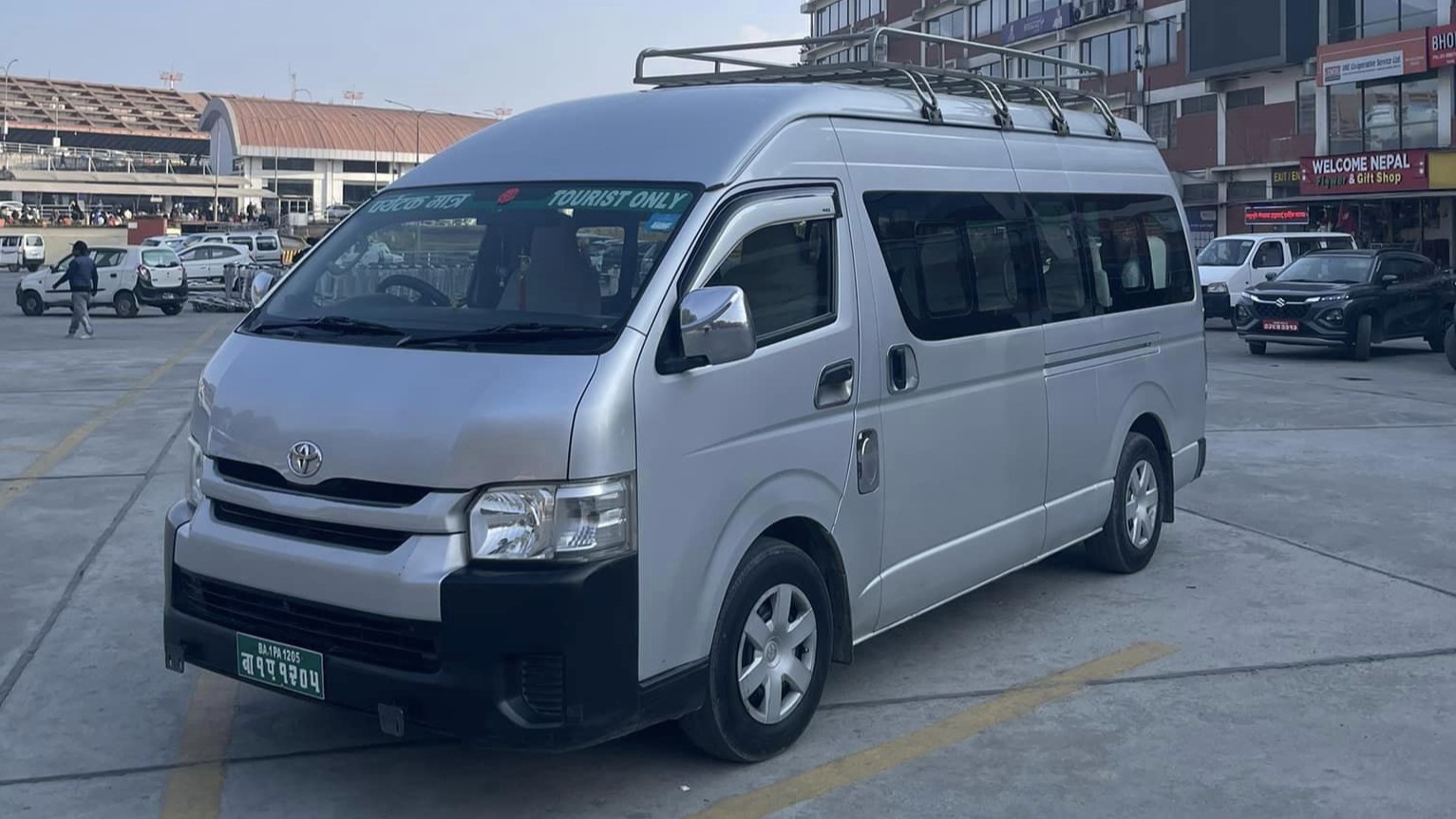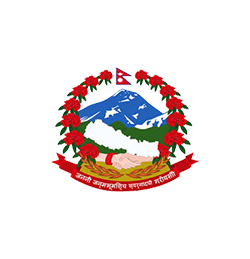Traveling from Kathmandu to Ramechhap has become a common journey for many adventurers, travelers, and pilgrims. Whether you’re heading to Ramechhap for the start of your trek, a pilgrimage, or to catch a flight to the Mount Everest region, the transfer from Kathmandu to Ramechhap is an essential part of your trip.
Ramechhap is a small district located about 132 kilometers east of Kathmandu. It’s an increasingly popular hub for travelers heading to the Everest region, especially after the opening of the international airport in Ramechhap. However, the journey from Kathmandu to Ramechhap is not just a regular drive — it’s an adventure in itself.
This article will cover all aspects of the Kathmandu to Ramechhap transfer, including available transport options, departure times, duration, costs, and tips to ensure a smooth ride. Whether you’re looking for a shared Hiace, private jeep, or another mode of transport, we have you covered!
Why is the Kathmandu to Ramechhap Route Important?
Before diving into the specifics of transfers, let’s first understand why this route is so important. Ramechhap has become a key transit point for flights to the Mount Everest region, especially since it serves as an alternate airport to Lukla during peak trekking seasons when flights to Lukla are often delayed due to weather conditions.
Many trekkers heading for Everest Base Camp (EBC) or other destinations in the Everest region now take a flight from Ramechhap airport, as it has better flight schedules and more reliable weather patterns.
Ramechhap’s growing popularity as a departure point for Mount Everest treks means that the Kathmandu to Ramechhap road is one of the most frequently traveled routes. Consequently, a variety of transportation options are available to make the transfer as comfortable and affordable as possible.
Transportation Options for Kathmandu to Ramechhap Transfer
The transfer from Kathmandu to Ramechhap can be made via several transportation options. Below, we’ll go over the most common modes of transport: shared Hiace vans, private jeeps, and buses.
1. Shared Hiace Van (Budget Option)
For budget travelers, the shared Hiace van is one of the most popular and convenient options for transferring from Kathmandu to Ramechhap. The Hiace vans are generally spacious, comfortable, and equipped with air conditioning, although they can get crowded during peak travel seasons.
- Capacity: A shared Hiace van can typically carry between 10 to 15 passengers.
- Departure Time: Shared Hiace vans generally depart early in the morning between 1:00 AM from Thamel.
- Duration: The journey by shared Hiace takes around 4 to 5 hours, depending on road conditions and traffic.
- Cost: Prices for a shared Hiace typically range from NPR 3000 per person.
- Advantages:
- Affordable and accessible for solo travelers or small groups.
- Comfortable with air-conditioning.
- Popular among tourists going to Ramechhap for the airport transfer.
- Disadvantages:
- Limited space for luggage.
- The vehicle can get crowded, especially during the peak seasons.
- There may be stops along the way for other passengers.
2. Private Jeep (More Comfortable Option)
If you prefer a more comfortable and direct transfer from Kathmandu to Ramechhap, booking a private jeep might be the best option. A private jeep offers flexibility in terms of departure times, seating arrangements, and stops.
- Capacity: Private jeeps can accommodate around 6 to 8 passengers.
- Departure Time: With a private jeep, you can schedule your departure at your convenience, either early morning, late morning, or even early afternoon. However, most prefer to leave between 6:00 AM and 7:00 AM.
- Duration: The journey generally takes 4 to 5 hours, just like the shared Hiace, but it could be quicker as private jeeps tend to avoid long stops.
- Cost: A private jeep ride usually costs NPR 20,000 depending on the number of passengers and season.
- Advantages:
- More privacy and comfort.
- Flexible departure times.
- Direct route without unnecessary stops.
- Spacious enough for luggage and gear.
- Disadvantages:
- More expensive than shared transport.
- Less social interaction (some travelers enjoy the camaraderie of a shared vehicle).
- Limited to the number of passengers, so it’s not the most affordable option for solo travelers unless sharing with others.
3. Bus (Budget-Friendly Option for Large Groups)
If you’re traveling in a large group or as part of a tour, taking a bus can be a convenient and economical option. The bus is usually more affordable than a private jeep, though it can be less comfortable.
- Capacity: Buses generally accommodate anywhere from 25 to 50 passengers, depending on the size of the vehicle.
- Departure Time: Buses typically depart early in the morning from 6:00 AM to 7:00 AM, just like the other options.
- Duration: The bus ride may take slightly longer — around 5 to 6 hours — depending on the number of passengers, stops, and road conditions.
- Cost: The cost of a bus ticket from Kathmandu to Ramechhap generally ranges from NPR 500 to NPR 800 per person.
- Advantages:
- Very affordable for large groups.
- Reliable departure times.
- Option for those traveling in groups.
- Disadvantages:
- Less comfort compared to shared Hiace or private jeeps.
- Limited flexibility in terms of departure time and stops.
- The bus may not be ideal for travelers with heavy luggage.
Route Details and Road Conditions
The road from Kathmandu to Ramechhap is mostly a paved highway, but it can be rough and winding in some areas, especially during the monsoon season. Road conditions may vary, and you should be prepared for some bumpy stretches, which could make the journey slower.
- Distance: The distance between Kathmandu and Ramechhap is approximately 132 kilometers.
- Road Type: Mostly paved but with some unpaved sections.
- Terrain: The route goes through the hilly terrain of the mid-Himalayas, offering scenic views along the way. However, some stretches are steep and narrow.
- Weather Conditions: The weather can affect the road conditions. In winter, fog can reduce visibility, and in monsoon, landslides and mudslides can disrupt travel.
Tips for a Smooth Kathmandu to Ramechhap Transfer
To ensure your transfer from Kathmandu to Ramechhap is smooth and enjoyable, here are some useful tips:
- Book in Advance: Especially during peak seasons, it’s best to book your transfer ahead of time. This ensures you get a seat and avoid last-minute hassle.
- Pack Light: The transport vehicles may have limited space for luggage. Try to pack light and keep your gear compact.
- Check the Weather: Weather conditions in the Himalayas can be unpredictable. Keep an eye on the forecast, as it may affect your journey.
- Bring Snacks and Water: Though the journey is relatively short, it’s always a good idea to bring some water and snacks, especially if you’re taking a bus or shared Hiace.
- Plan for Delays: Keep in mind that the journey can sometimes take longer than expected due to traffic, road conditions, or weather. Plan your travel with some buffer time.
- Comfortable Clothing: Wear comfortable clothing and shoes, as the road can be bumpy, and you’ll likely be sitting for a few hours.
- Safety First: Always use seat belts where available, and ensure your vehicle is in good condition. It’s better to travel safely even if it takes a bit longer.
Conclusion
Traveling from Kathmandu to Ramechhap is a crucial part of your journey to the Everest region, and choosing the right mode of transport can make all the difference. Whether you opt for a budget-friendly shared Hiace, a more comfortable private jeep, or a large group bus, there are plenty of options to suit your needs.
By planning ahead, understanding the available options, and preparing for the journey, you can ensure that your transfer from Kathmandu to Ramechhap is smooth, safe, and enjoyable.







